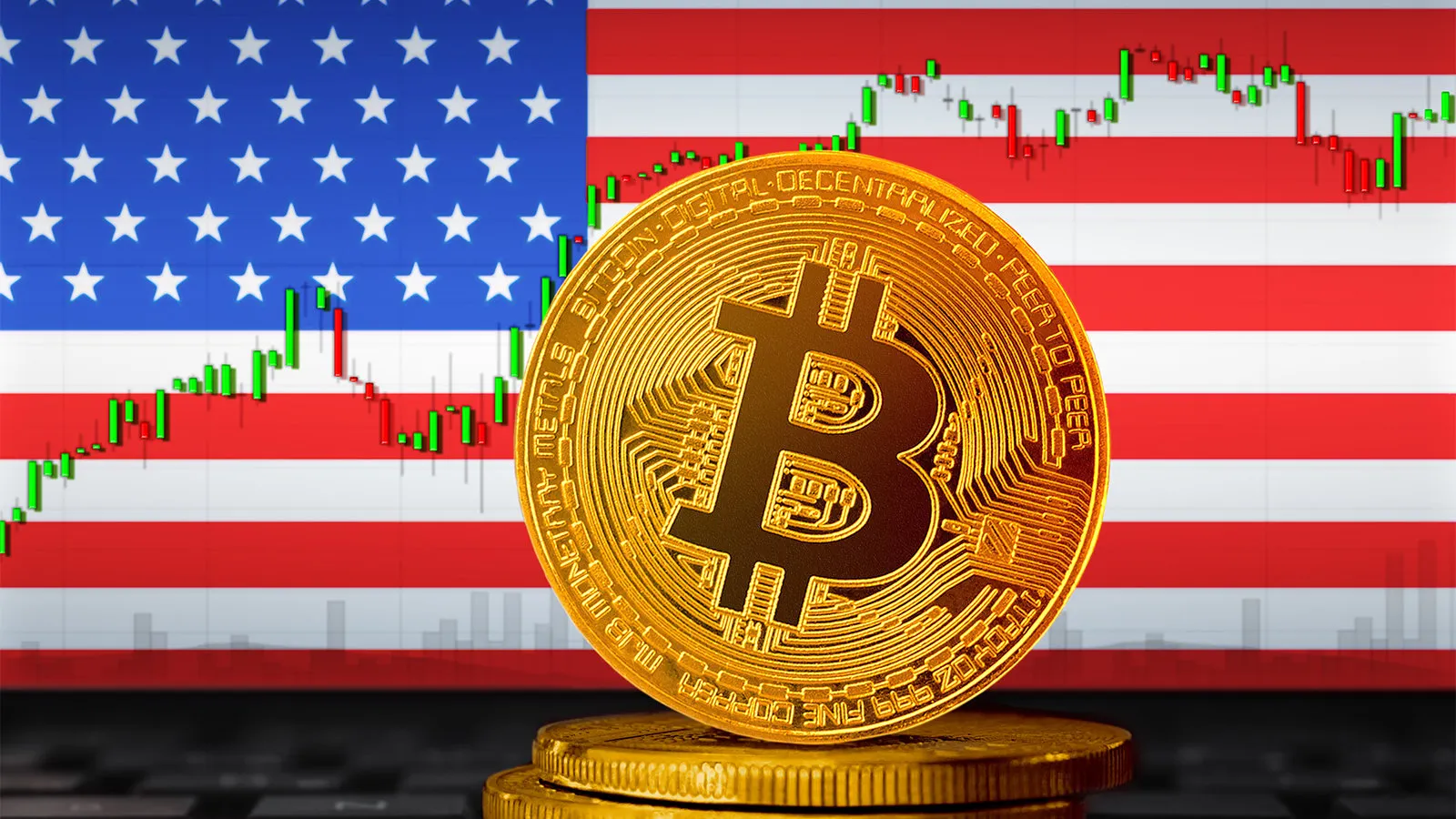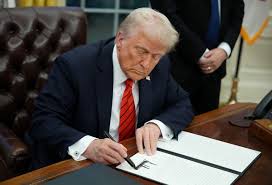Hook: The U.S. Government Had Bitcoin… But They Sold It for Peanuts
Imagine holding a golden lottery ticket but deciding to sell it for pocket change. That’s exactly what the U.S. government did with Bitcoin over the past decade. David Sacks, the new AI and crypto czar under President Trump, just exposed a massive financial misstep: the government sold 195,000 BTC for a mere $366 million—when today, that same Bitcoin would be worth over $17 billion!
This revelation comes just before a high-stakes crypto summit at the White House, where major decisions about the future of Bitcoin and crypto policy in the U.S. will be discussed. And now, President Trump is hinting at a “Crypto Strategic Reserve”—a new move that could change how the government handles Bitcoin forever.
What Happened?
- The Government Sold Too Soon
- Over the past 10 years, the U.S. government sold off its Bitcoin holdings, making a quick but small profit.
- If they had simply held onto those coins, they would have made billions—a decision that cost American taxpayers massive potential gains.
- David Sacks Calls It Out
- Sacks, now in charge of crypto and AI policy, criticized the government’s poor Bitcoin strategy.
- He argues that if the government had thought long-term, they could have turned a small win into a historic fortune.
- The U.S. Still Holds a Massive Bitcoin Stash
- Despite past mistakes, the U.S. still holds 198,109 BTC, worth nearly $18 billion.
- The big question now: Will they hold onto it this time?
- Trump’s New Plan: A “Crypto Strategic Reserve”
- Trump wants the U.S. to strategically hold Bitcoin instead of selling it.
- Alongside Bitcoin and Ethereum, he suggested adding XRP, Solana (SOL), and Cardano (ADA)—but experts are skeptical about those choices.
- Some argue that XRP and ADA don’t have the same level of decentralization and developer activity as BTC and ETH.
- Sacks Defends Himself
- Some critics accused Sacks of having a conflict of interest because he previously held crypto investments.
- He quickly shut down the rumors, confirming that he sold all his crypto (BTC, ETH, SOL, etc.) before taking his government position.
Why This Matters to You
1. The Government is Finally Taking Crypto Seriously
For years, the U.S. treated Bitcoin like a problem rather than an opportunity. Now, Trump is shifting towards recognizing Bitcoin’s value and even considering it for a national reserve. This could be huge for Bitcoin’s legitimacy and price.
2. A Lesson in Holding (HODL)
The U.S. made a classic mistake that many traders make—they sold too soon instead of thinking long-term. This is a real-world example of why patience in crypto can pay off big time.
3. Bitcoin at the Center of U.S. Policy
With Bitcoin now trading around $91,000, its role in the global economy is stronger than ever. If the U.S. moves forward with a Bitcoin Strategic Reserve, it could set a precedent for other countries to follow.
Key Words to Remember
- HODL – Holding onto crypto instead of selling too early. The U.S. government should have done this.
- Crypto Strategic Reserve – Trump’s proposed idea for the government to hold Bitcoin as a national asset.
- David Sacks – The new AI and crypto czar who exposed the government’s past Bitcoin mistakes.
- Decentralization – A key factor in crypto that makes Bitcoin and Ethereum more trusted than others like XRP.
- Conflict of Interest – A situation where someone might unfairly benefit from their position (which Sacks denies).
Final Thought: The Future of Crypto in Government is Just Beginning
This is one of the biggest shifts in U.S. crypto policy history. If Trump follows through, the U.S. could move from being a Bitcoin seller to a Bitcoin powerhouse. And as Bitcoin continues to rise, the world is watching closely to see if the government finally learns from its mistakes.



